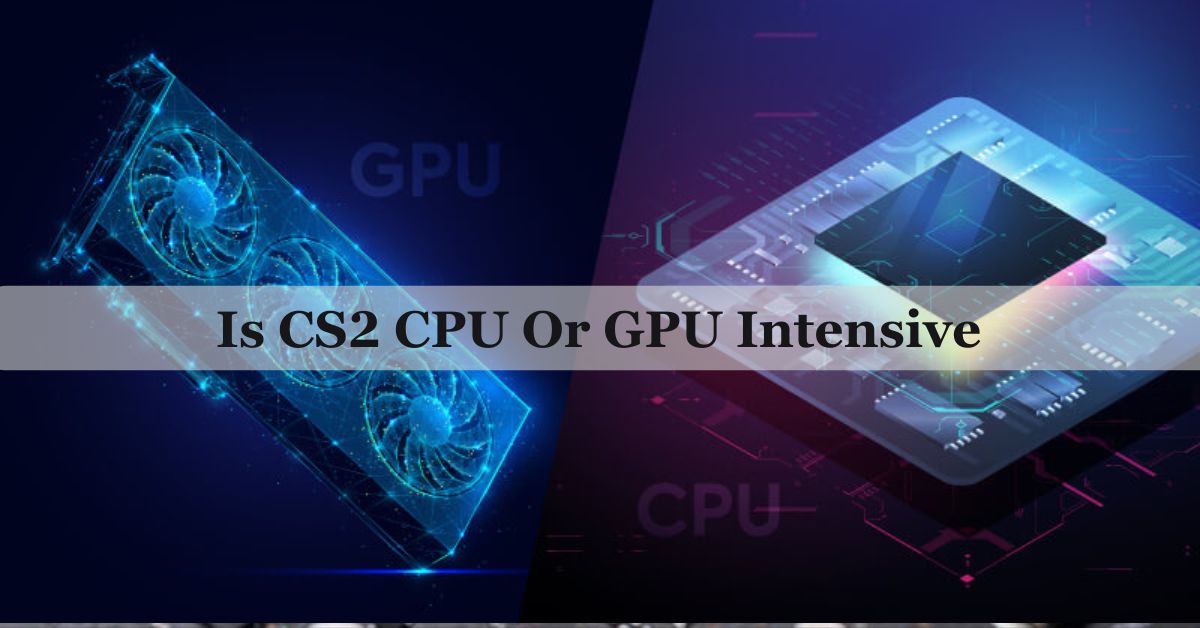From my experience, CS2 feels more CPU intensive. My older CPU struggled with game logic and multi-tasking, while the GPU mostly handled rendering and graphics. A faster CPU made a noticeable difference in smooth gameplay.
CS2 is more CPU intensive than GPU intensive due to the increased complexity of game logic, physics, and player interactions. While a strong GPU is still important for high-quality graphics, a fast CPU is crucial for smooth gameplay.
Is CS2 CPU or GPU intensive? This article breaks it down, helping you understand how each component affects your gaming experience and what hardware upgrades can boost performance.
What Is CS2?
CS2, or Counter-Strike 2, is the latest version of the Counter-Strike game series. It uses the Source 2 engine, offering improved graphics, better performance, and new gameplay features compared to its predecessor, Counter-Strike: Global Offensive.
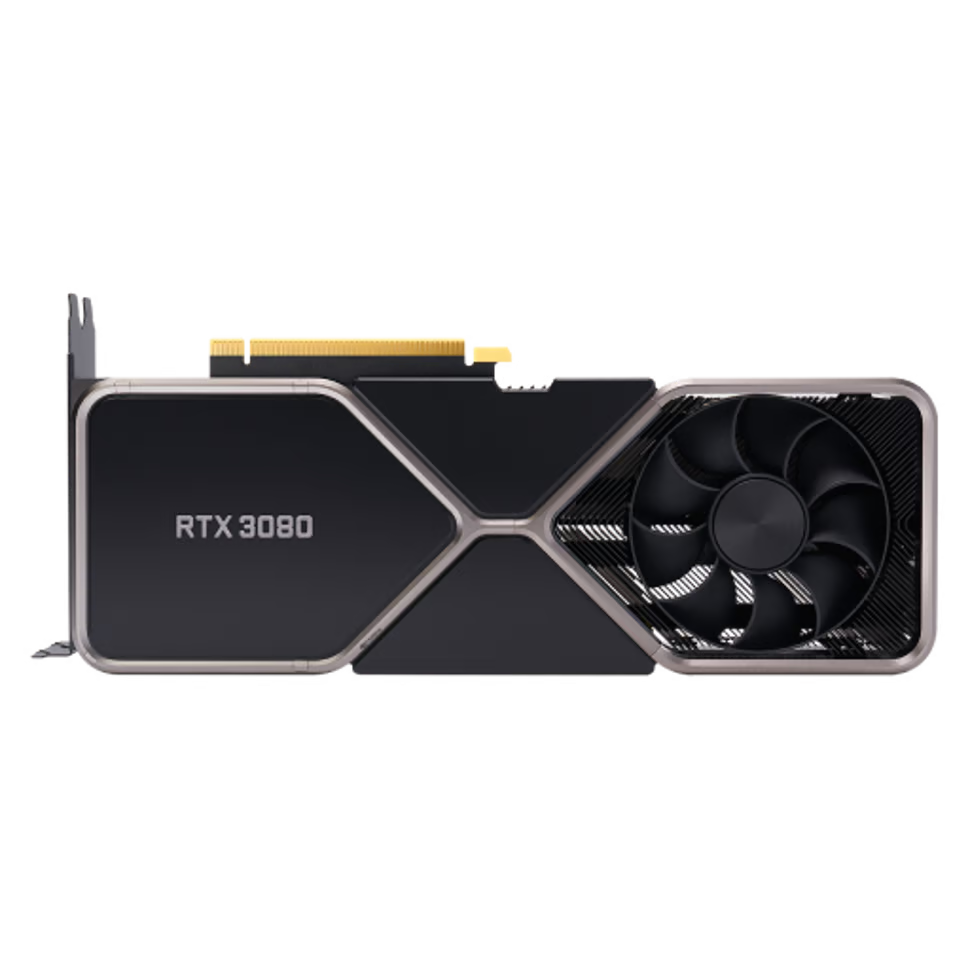
Also Read: Hardware Accelerated GPU Scheduling Windows 10 – Enable Now!
Understanding CPU Or GPU Intensive:
Understanding whether a game is CPU or GPU intensive depends on which component handles most tasks. CPU-intensive games focus on processing logic and physics, while GPU-intensive games emphasize graphics rendering, textures, and visual effects for a smoother experience.
Is CS2 CPU Or GPU Intensive?
CS2 (Counter-Strike 2) is generally more CPU intensive than GPU intensive. It needs a strong CPU to handle game logic, physics, and player movements efficiently. However, the GPU is also important for rendering smooth graphics, especially at higher settings and resolutions. A balanced setup ensures optimal performance and a smooth gaming experience.
Things To Consider In Choosing The Best GPU For CS2
1. Performance Benchmarks:
Check online benchmarks for GPUs to see how well they perform with CS2. Look at the average frames per second (FPS) that different models provide, especially at your preferred settings. A GPU with higher FPS will ensure smoother gameplay.
Also Read: PS5 GPU Equivalent – Find Your GPU Match Now!
2. Your Monitor Resolution and Refresh Rate:
Your GPU choice should match your monitor’s capabilities. For 1080p gaming at 60 Hz, a mid-range GPU works well. However, for 1440p or 4K resolutions or higher refresh rates like 144 Hz, you’ll need a more powerful GPU to keep up.
3. Desired Graphic Settings:
If you want to play with ultra or high graphics settings, you’ll need a stronger GPU. Players satisfied with medium or low settings can get away with a budget-friendly option. High settings require more power to render better visuals.
4. VRAM (Video RAM) Capacity:
VRAM is crucial for handling high-quality textures. For CS2, 4 GB VRAM is enough for lower settings, but 8 GB or more is better for high or ultra settings, especially if you play at 1440p or higher resolutions.
5. Bitrate:
When streaming or recording gameplay, a higher bitrate demands more GPU power. Make sure your GPU has features like NVENC (for Nvidia) to handle streaming efficiently. This helps balance performance while sharing your gameplay online.
6. Compatibility with Your Gaming Setup:
Ensure the GPU fits in your PC case and is compatible with your motherboard and power supply. Some GPUs are large and require ample space, and most high-end models need a strong power supply to function properly.
7. Budget Constraints:
Consider your budget before choosing a GPU. There are affordable options for those who game casually, while serious gamers may need to invest in high-end models. Make sure you’re getting the best performance for the money you spend.
8. AMD vs Nvidia:
Both AMD and Nvidia offer great GPUs, but each has advantages. Nvidia’s GPUs often have better ray tracing and DLSS support, while AMD’s cards can offer better value at the same price range. Choose based on your needs and preferences.
Things To Consider In Choosing The Best CPU For CS2
1. Compatibility and System Requirements:
Make sure your CPU is compatible with your motherboard and matches the system requirements for CS2. Check the socket type and chipset to avoid compatibility issues. An updated BIOS may also be necessary for newer CPUs to work with your existing setup.
2. Processing Power and Speed:
Choose a CPU with good clock speeds and multiple cores. CS2 benefits from high clock speeds, so a processor with a speed of 3.5 GHz or higher is ideal. A quad-core or six-core CPU will generally perform better, especially during intense gaming moments.

3. Cache Size and Efficiency:
Cache is a small, high-speed memory in the CPU that stores frequently used data. A larger cache improves performance because the CPU can quickly access critical information. For CS2, a CPU with at least 8 MB of cache will provide smoother gameplay.
Also Read: Is XFX A Good GPU Brand – Compare Performance In 2024!
4. Instruction Set Architecture:
Modern CPUs come with advanced instruction sets that boost gaming efficiency. Look for CPUs that support AVX or SSE instructions, as these make games run more smoothly by optimizing the processing of complex tasks. This helps enhance the overall performance of CS2.
5. Thermal Design Power (TDP) and Cooling:
TDP refers to how much heat a CPU produces. Lower TDP values mean less heat and better energy efficiency. For gaming, you might need a good cooling solution, like an aftermarket cooler, to keep temperatures low and maintain performance during long CS2 gaming sessions.
6. Integrated Graphics vs. Dedicated Graphics:
Some CPUs come with integrated graphics, but for CS2, a dedicated GPU will offer a much better experience. If your budget allows, pair your CPU with a strong GPU. Integrated graphics can only be a temporary solution for gaming, mainly at lower settings.
7. Future Compatibility and Upgradability:
Consider a CPU that will stay relevant for a few years. Check if your motherboard supports future CPU upgrades. Investing in a newer generation CPU will give you some room to upgrade other components without needing a full system overhaul.
Optimizing CS2 Performance
1. Tips For Optimizing GPU Performance:
Lower graphic settings, update GPU drivers, and enable performance mode. Reduce unnecessary visual effects for smoother gameplay.
2. Tips For Optimizing CPU Performance:
Close background apps, use high-performance power settings, and keep your CPU cool to avoid throttling, improving CS2 efficiency.
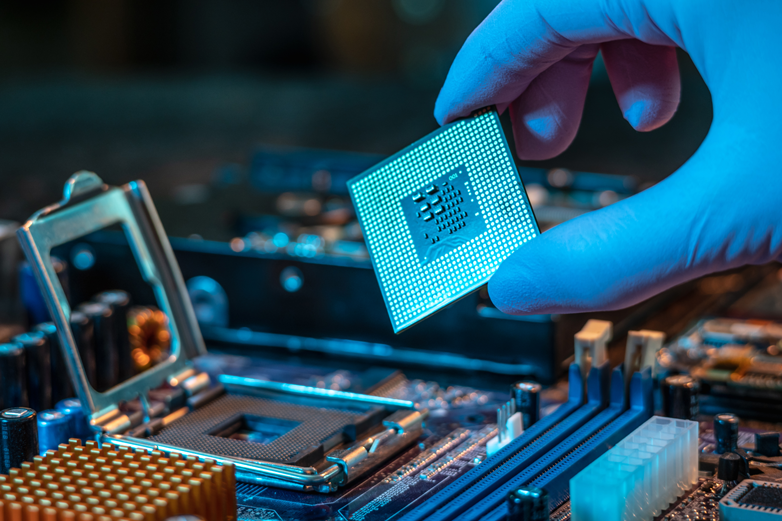
CS2 System Requirements:
To run CS2 smoothly, here are the minimum and recommended system requirements:
1. Minimum Requirements:
- OS: Windows 10
- CPU: At least 4 hardware threads (e.g., Intel Core i5-750)
- RAM: 8 GB
- GPU: 1 GB DirectX 11-compatible card (Shader Model 5.0 support)
- Storage: 85 GB of available space.
2. Recommended Requirements:
- OS: Windows 10
- CPU: Intel Core i7-8700K or AMD Ryzen 5 3600X
- RAM: 16 GB
- GPU: NVIDIA GeForce GTX 1660 or AMD Radeon RX 580
- Storage: SSD with 85 GB of available space.
Also Read: Is BeamNG CPU Or GPU Intensive – Boost Your Setup In 2024!
Is CS2 A CPU Or GPU Game?
CS2 (Counter-Strike 2) is primarily a CPU game. It uses the CPU heavily for game logic, player actions, and physics calculations. However, the GPU is still essential for high-quality graphics and smooth visuals, especially at higher resolutions.
Is GPU Or CPU More Important For CS2?
Both the GPU and CPU are crucial for CS2. The CPU handles game logic, player movements, and physics, making it slightly more important. However, the GPU ensures smooth graphics and high frame rates, especially at higher resolutions.
Is The CS2 CPU Bottlenecked?
If CS2 is CPU bottlenecked, it means the CPU is not fast enough to keep up with the GPU’s capabilities, limiting overall performance. This can result in lower frame rates and inefficient gameplay, especially in action-packed scenes.
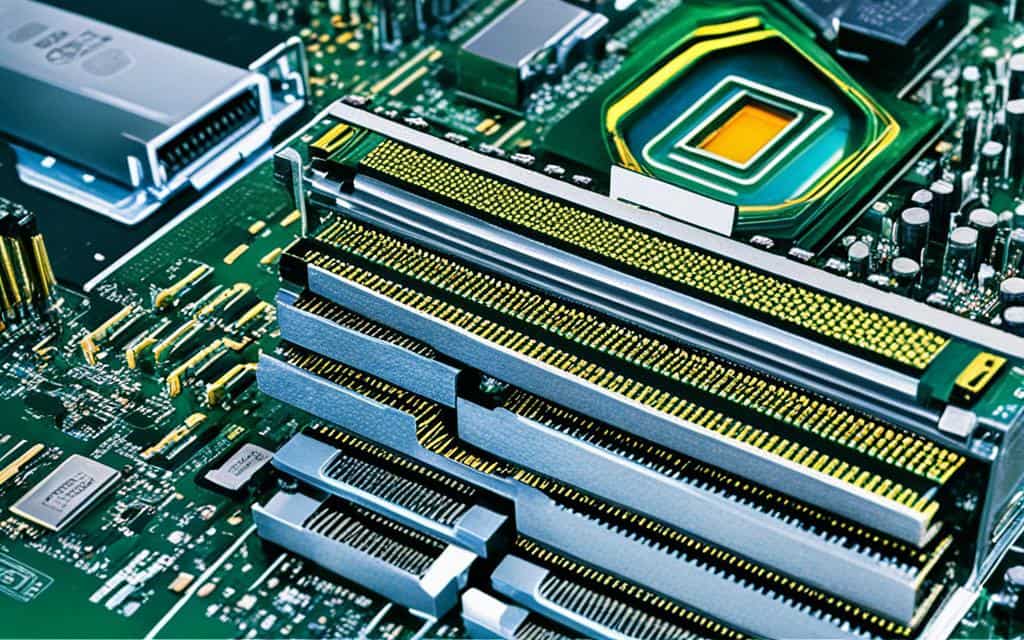
Is CS2 A Heavy Game?
CS2 can be considered a heavy game, especially for systems with older hardware. Its updated engine, Source 2, requires a powerful CPU and GPU to run smoothly, especially at higher graphic settings and resolutions.
Is CS2 Still CPU Intensive Or Load Balanced To GPU?
CS2 is still more CPU intensive than GPU, although the Source 2 engine has improved load balancing. The CPU handles game logic, physics, and AI, while the GPU focuses on graphics. A balanced system ensures smoother performance across both components.
For more info Check out this Reddit discussion: Click here to learn more.
CS 2 Is So CPU Intensive That My GPU Became Useless
CS2 can be so CPU-intensive that it limits GPU performance, especially when the CPU can’t keep up with game logic or processing tasks. As a result, the GPU might not be fully utilized, making it seem less effective. A strong CPU is essential for balanced performance.
Also Read: GPU Only Works In Second Slot – Isolate The Problem!
Is CS2 And CPU Or GPU Intensive Game?
CS2 is more CPU intensive due to its need for fast game logic and physics calculations. However, a strong GPU is also important for smooth graphics, especially at higher resolutions and settings. A balanced system ensures optimal performance.
Is CS2 Too CPU Heavy?
Yes, CS2 can be CPU heavy due to its reliance on complex calculations for game logic and player interactions. While the GPU handles graphics, a powerful CPU is essential for smooth gameplay, especially in competitive environments.
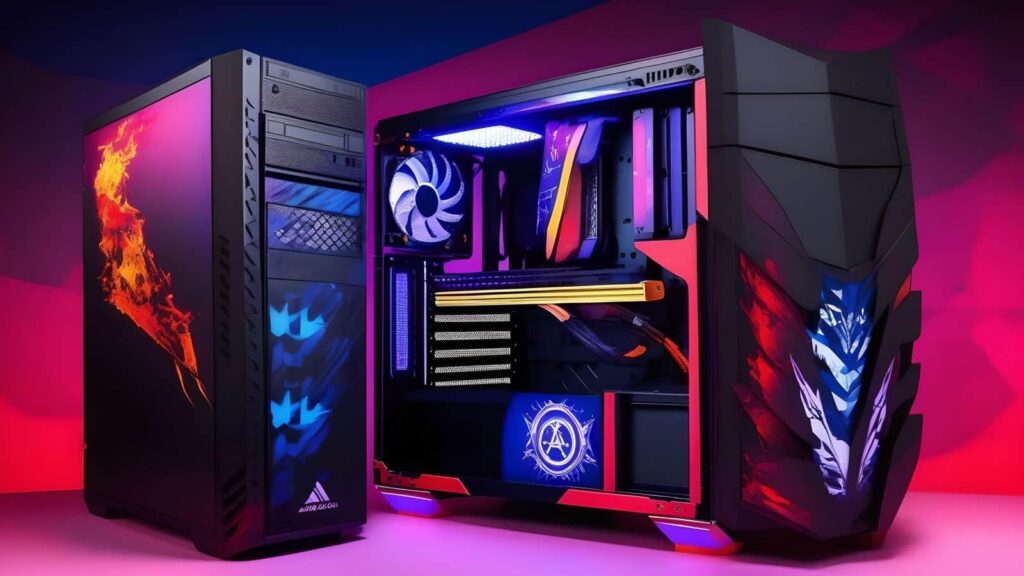
Is CS2 A Lot More Demanding Than CSGO?
Yes, CS2 is more demanding than CSGO due to its use of the Source 2 engine, which enhances graphics, physics, and game mechanics. This requires more CPU power and a stronger GPU, especially for higher settings and resolutions, making it more resource-intensive.
Is CS2 More CPU Or GPU Intensive?
CS2 is more CPU-intensive than GPU-intensive. The game relies heavily on the CPU for game logic, physics, and player interactions. While a good GPU is important for rendering graphics, the CPU handles most of the computational workload, especially for smooth gameplay.
Is CS2 On A Minimum Spec PC Playable?
CS2 can run on minimum spec PCs, but the gameplay may be less smooth. Lowering graphic settings, resolution, and turning off additional features can help improve performance. For a better experience, upgrading hardware, especially the CPU, is recommended.
Also Read: Does AMD GPU Work With Intel CPU – A Comprehensive Guide 2024!
CPU & GPU Nerds Which Is Bottlenecking CS2:
In CS2, performance bottlenecks can occur when either the CPU or GPU struggles to keep up. If the CPU is weak, it can limit game logic, while a low-performance GPU can cause lag in rendering graphics. A balanced system avoids this.
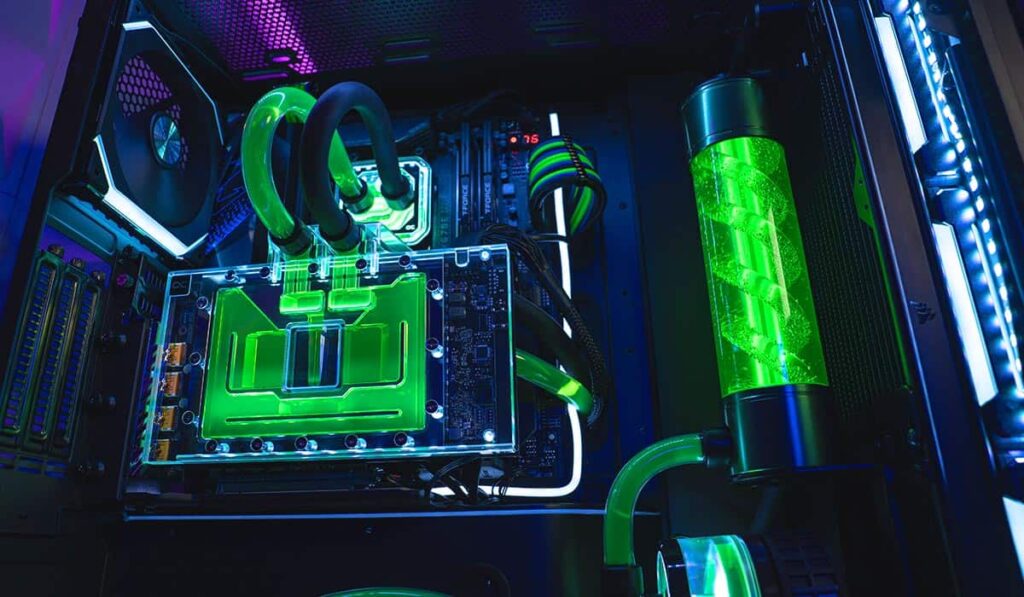
FAQs:
1. How Does CS2’s Performance Compare To Other Popular First-person Shooters?
CS2 is generally more CPU intensive than some shooters due to its need for precise calculations and game logic, but it also demands a strong GPU for high-quality graphics.
2. Does CS2’s Performance Improve With A Multi-Core CPU?
Yes, CS2 benefits from multiple cores, especially for managing game logic and handling simultaneous tasks. A quad-core or higher is often preferred.
3. Can I Achieve Good Performance On Older Hardware?
Yes, but you may need to lower the graphics settings and resolution. CS2 is optimized to run on a variety of systems, though newer hardware will provide a better experience.
4. Why Do Some Players Say CS2 Is More CPU Intensive Than CS?
The Source 2 engine’s updated game mechanics and features place more demand on the CPU compared to CS’s older engine.
5. How Does RAM Affect CS2’s Performance?
CS2 benefits from having at least 8 GB of RAM, but 16 GB is recommended for smoother gameplay, especially if you run other applications simultaneously.
6. Is It Worth Upgrading My CPU Or GPU For CS2?
If you’re experiencing low FPS or stuttering, upgrading the component that’s bottlenecking your system will help. For competitive play, a faster CPU may be more beneficial.
7. Do High Refresh Rate Monitors Need A Powerful GPU For CS2?
Yes, if you have a 144 Hz or higher refresh rate monitor, a strong GPU is necessary to achieve high frame rates and make use of the refresh rate.
8. Can A Balanced CPU And GPU Setup Handle CS2 Well?
Yes, a balanced setup ensures neither the CPU nor GPU bottlenecks performance. Mid-range options like the Ryzen 5 5600X paired with an RTX 3060 are good examples.
9. Will Future Updates To CS2 Change Its CPU Or GPU Requirements?
It’s possible. Updates and optimizations could adjust how resources are used, but core requirements will likely remain similar.
10. Do Streaming CS2 And Playing At The Same Time Put More Load On The CPU Or GPU?
Streaming often increases CPU usage significantly, especially if you’re not using hardware encoding. However, if you use GPU-based encoding, both components may be under pressure.
Conclusion:
In conclusion, CS2 is more CPU-intensive than GPU-intensive. The game relies heavily on the CPU for processing game logic, physics, and player interactions, while the GPU mainly handles graphics rendering. However, a strong GPU is still crucial for smooth visuals at higher settings and resolutions. For optimal performance, a balanced CPU-GPU setup is recommended.
Related Posts:
- Does AMD GPU Work With Intel CPU – A Comprehensive Guide 2024!
- Hardware Accelerated GPU Scheduling Windows 10 – Enable Now!
- PS5 GPU Equivalent – Find Your GPU Match Now!
- Is XFX A Good GPU Brand – Compare Performance In 2024!
- Is Rust CPU Or GPU Heavy – Maximize Rust Efficiency Today!

